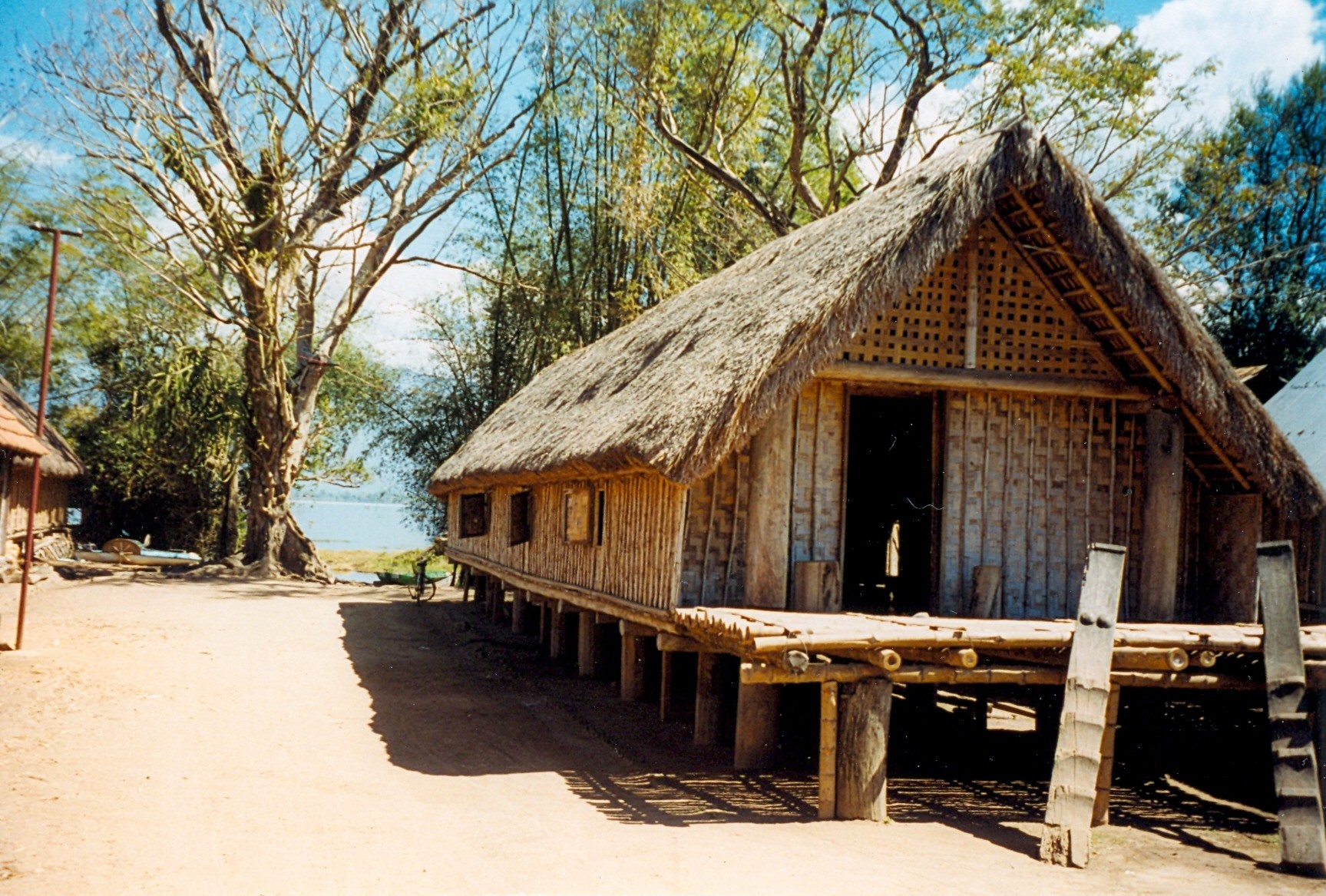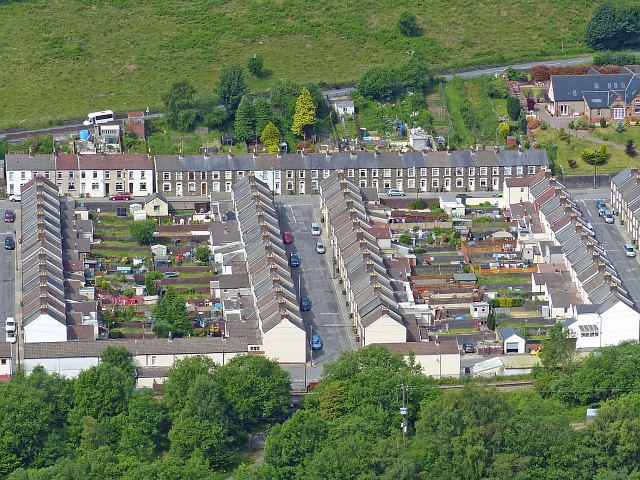Terraced houses – also known as row houses and even townhouses – are an older technology than you might imagine. What, after all, is a longhouse but a row of terraced housing without the firewalls separating each part?
The firewalls are, however, an important development. They remove one of the main disadvantages to the longhouse: the possibility that someone will – accidentally or otherwise – burn down the whole neighbourhood in one go.
(Where I grew up, it was not unknown for people to burn their own house down as a way to make someone else feel bad about What They Did, and this is a large part of why they don’t live in longhouses any more. Hard to tell if burning your house down is passive-aggressive or just plain aggressive, when it’s also everybody else’s house.)
Terraced houses, you may recall, were in the news not so long ago. Kirstie Allsopp, co-presenter of Location, Location, Location, was being condemned for opposing detached housing, despite living in a “nice detached Devon property” (to which she responded, “Most Jacobean mansions are detached, you morons. In London I live in a block of flats”).
On closer inspection, it is only the building of detached housing where terraced housing would be more suitable that has attracted her ire. As she points out, “It’s not the fact that they are detached; it’s the quality of them. Better to build semis or terraced houses with bigger gardens, better heat & sound insulation and, vitally, more space inside, than pretend those tiny little gaps means they are “detached” and somehow better.”
Speaking as someone who lives in a terraced house – all the time, due to a lack of Jacobean mansions in my price range (and country) – I couldn’t agree more. I wouldn’t move to one of the fancy new detached houses going up in my suburb if you paid me.
We live in close proximity to our neighbours, yes, but thanks to the hefty brick firewall in between each house in this building, we don’t have any trouble with noise. (For the most part. We can hear smoke alarms, and the multi-day prayer meeting which consisted largely of drumming was a notable exception.) I don’t have to listen to my neighbours’ music, they don’t have to listen to me being melodramatic – everybody wins.
The brick firewalls also assist with managing the temperature of the house. It takes longer to heat up in summer, and longer to cool down in winter. And despite having windows on only two of its four walls, it is built to catch the light – so much so that we have installed light half-curtains in the living room and front bedroom to reduce summer heat and winter glare.
And speaking of windows, every room in this house has a good-sized window which looks out on a garden. (Theoretically, in the case of the bathroom. The glass is frosted, and I can’t persuade the casement to open.) There’s a smaller garden at the front, and a bigger garden at the back.
Residents of these new houses look out at a wall, if they’re lucky, and the neighbour’s window, if they’re not. Some developers have ensured privacy by surrounding each home with a six foot fence, which often dwarfs the actual outdoor space. Rather like a bijou prison exercise yard, I would imagine.
Kirstie Allsopp also – rightly – targets the idea that a detached house is somehow a rung or two above a semi-detached or terraced house. This may have made sense in the days when detached houses were larger than others and stood in their own grounds – or when terraced houses were back to back with others to avoid the occupants getting any outside space, air, light etc – but otherwise? Rubbish.
Better by far to live in, say, the Royal Crescent in Bath, than in some dank little lightless free-standing box, with the neighbours constantly assaulting your eardrums, and nowhere to go to get away from the noise.

After all, if you don’t mind sharing your audiovisual space with all sorts of other people, why not live in a longhouse? At least then you’d get a bit of outdoor space to go with it.




Terraces are fine, unless there is no access to the garden apart from through the house. I once helped friends clear garden junk out of their new property, and it all had to be walked through the house…messy.
I lived in a terrace where the garden had a back wall with a gate in it; unfortunately the garden was full of overgrown weeds, rubbish from rebuilding work, and other stuff I couldn’t get past, so I never found out whether the gate opened. But it was a nice thought.
Firewalls are a great thing. Noise reduction also depends on how the floor and roof are constructed, as bass and other music can travel through wood.
Back garden access is definitely a point to be considered!